As much as we can learn from history books, there's something to be said for fact-based historical fiction. When well-known periods are placed inside a fictional context, we can get a feel for the texture of a time and place. What did people sound like? What did they wear? What was their daily life like?
These details close the distance between ourselves and the past when presented through dialogue and characters. We resonate with characters and place ourselves within the narrative to feel like we, too, are charging across the battlefield or steaming across the Atlantic in an ocean liner.
The books below blend fact and fiction to create a reading experience that is entertaining and eye-opening. Based on research and filled with historical accuracies, these novels can enrich our knowledge of bygone eras.
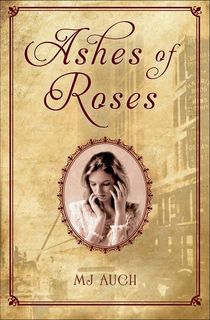
Ashes of Roses
In Ashes of Roses, author Mary Jane Auch crafts a heartbreaking Irish immigrant story that will stick with you due to its courageous young protagonist and detailed, thoughtfully constructed prose. Auch introduces readers to 17-year-old Rose Nolan, who, along with her family, is immigrating to New York from Ireland in hopes of prospering from the American Dream. The family is quickly met with immense hardship that eventually leads to their separation, leaving Rose and her younger sister to fend for themselves.
This historical novel accurately demonstrates what living in New York in the early 1900s was like for many immigrants. Rose is forced to work long hours for immoral, predatory bosses in horrid working conditions for meager pay. Auch weaves a heartrending account of one young woman’s determination amid suffering and educates readers about the Triangle Shirtwaist Factory Fire of 1911—one of the deadliest industrial disasters in U.S. history.
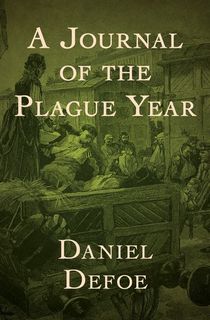
A Journal of the Plague Year
Follow the narrator, HF, among the hysteria surrounding the Black Death as neighbors begin rapidly dying of the bubonic plague in London. The year is 1665, and doctors are unprepared to treat people for the pus-filled boils that are swelling up on their bodies. They rely on unsanitary tactics like boil-lancing and superstitious practices. Sufferers hope to beg for forgiveness to rid them of what they believe to be “divine punishment.”
With a mix of fiction and journalism, Defoe pens an eerie account of the pandemic that would kill almost one-third of Europe’s population.
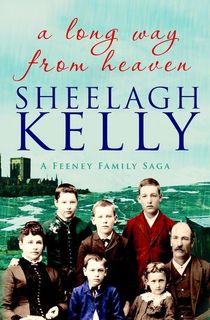
A Long Way From Heaven
The first book in the Feeney Family series transports readers to 1846 in Ireland, where Patrick Feeney wakes up to his entire potato crop ruined from blight. With a responsibility to provide for his wife and unborn child, he moves his family to England in search of work.
But upon moving to York, they find themselves trying to make the most of living in horrid slums devastated by rampant poverty. This historical family saga allows readers to gain insight into the destruction that the Great Famine of Ireland caused, through “genuinely perceptive portrayals of human relationships” (Irish Independent).
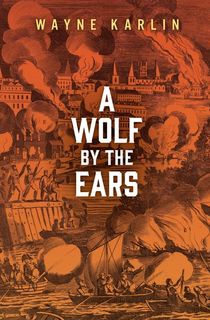
A Wolf by the Ears
Educated side-by-side as children, Towerhill and Sarai, two African slaves, and their master, Jacob Hallam, grapple with growing up in a racist America that ultimately shapes each of their views on freedom.
Set during the War of 1812, in which thousands of enslaved people decided to fight on the British side after being promised freedom, Karlin allows us to understand why so many chose to revolt against oppression, even at the cost of their lives.
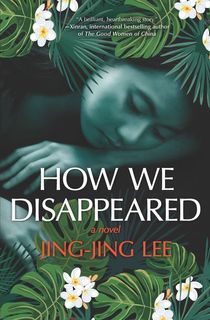
How We Disappeared
It’s Singapore in 1942, and 17-year-old Wang Di is kidnapped from her home by the Japanese military to be forced into sexual slavery as a “comfort woman.” Although there have been many novels about the events of WWI, less has been written about the horrific treatment many women endured from the Imperial Japanese Army during the war.
We witness Wang Di’s suffering as a teenager… the shame she carries as an elderly woman who has done her best to hide her pain from everyone around her, including her late husband. The story also shifts perspectives to Wang Di’s 12-year-old grandson, Kevin, who wishes to uncover the truth about his grandmother’s experiences.
This is a story that explores generational trauma, healing and one woman’s courage to face a traumatic past she has tried to forget throughout her entire life.
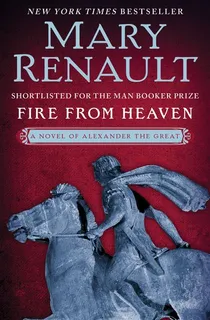
Fire from Heaven
The first in a trilogy about Alexander the Great, this bestseller was shortlisted for a Man Booker Prize, from a "great talent" in historical fiction authorship (New York Times). It creatively imagines Alexander's coming of age not just as a formidable young warrior, but as a son and friend.
Mary Renault impresses in this novel: her writing shines a light on the lifestyles of past societies, highlighting their practices with a discerning wit that challenges modern convention.

Lady Magdalen
In 17th-century England, Magdalen faces an arranged marriage to an impressive young soldier at only 14 years of age, a move that threatens her autonomy, her relationship with her best friend Francis, and her trust in family. As a young, intelligent woman, Magdalen values beauty and art. She abhors her society's sometimes barbaric practices. However, her marriage takes a toll on her spirit as Magdalen's identity disappears behind her husband, the notorious James Graham, Earl of Montrose.

The Women
Kristin Hannah's bestselling story follows nursing student Frances “Frankie” McGrath as she joins the Army Nurse Corps and follows her brother to Vietnam. Pulitzer Prize-winning author Nicholas D. Kristof said, “The Women is historical fiction at its very best. So moving, so wrenching, and yet, in the end, uplifting.”
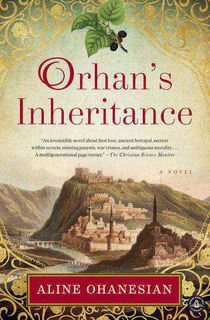
Orhan's Inheritance
Orhan mourns the death of his grandfather as he prepares to take over the family rug business. With the family estate left to a random woman whom nobody in the family has met, Orhan travels from Turkey to Los Angeles to uncover this mystery and reclaim his birthright. As the grandson of Armenian Genocide survivors, there is much at stake for Orhan and his family's legacy.
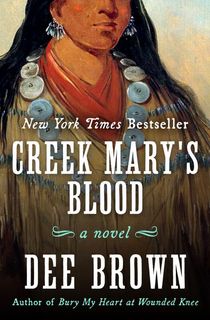
Creek Mary's Blood
By the author of Bury My Heart at Wounded Knee, this historical novel and New York Times bestseller tells the story of Mary Musgrove, a member of the Creek tribe, and her lineage. The novel is considered a "robust, unfussed crash course in Native American history" and its tale rolls across the US with undeniable fervor (Kirkus Reviews).
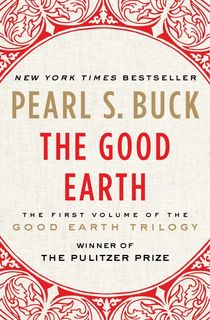
The Good Earth
Buck’s Pulitzer Prize winner paints a portrait of the working class in turn-of-the-century China, as Dickens once did for 19th century London. We’re introduced to Wang Lung and his wife, O-Ian—a farmer and former slave, respectively—who climb their way out of poverty. Years of toiling in the fields eventually earns them a higher social standing and—most importantly to Wang Lung—his own property. But success comes at a steep price, and soon Wang must choose between his land, which is his soul, and his family, which is his heart.
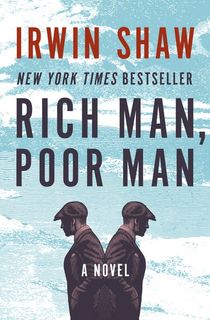
Rich Man, Poor Man
Sweeping from the 1940s to the Vietnam War era, Irwin Shaw’s bestseller opens with two teenage brothers amidst the Second World War. Each differ considerably; where Tom is prone to bad behavior, Rudolph is a well-behaved go-getter. All they share is a mutual dislike for the other. Their paths diverge in adulthood when Rudolph becomes a successful businessman, leaving Tom—who is now an increasingly violent boxer—behind. But despite the bad blood between them and the rapidly changing landscape of post-war America, the brothers always find themselves inextricably linked.
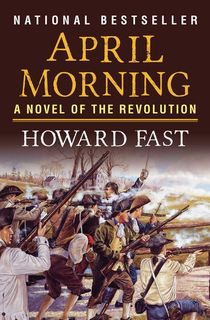
April Morning
It’s April 18, 1775—the eve of the first battle of the American Revolution. As rumors spread of an imminent British attack, the men of Lexington, MA take up arms and march to Concord. Among them is 15-year-old Adam Cooper who, until now, has lived in the shadow of his disapproving father and older brother. But come morning, Adam will no longer be the kid he was.
He'll be a man in his own right, facing the Redcoats’ open fire.

Half of a Yellow Sun
Americanah may be Adichie’s best known work, but Half of a Yellow Sun is sure to entice historical fiction readers. Half of a Yellow Sun centers around the Biafran War, the Nigerian Civil War that raged from 1967-1970. The novel explores the history of the various peoples of Nigeria, the effect of Westerners on modern Africa, and post-colonialism in a sweeping narrative.

Jubilee
Many literary greats have taken on the racking task of imagining life as an enslaved person, from Toni Morrison’s classic, Beloved, to Colson Whitehead’s fantastical Underground Railroad. But few are based on real people, in part due to the lack of records of individual enslaved persons’ lives.
Jubilee, however, is based on writer Margaret Walker’s own great-grandmother’s experiences. Spanning the years of 1835 to 1870, Jubilee explores the life of a biracial slave, sired by her own master. This beautifully written tale is one every historical fiction fan should read.
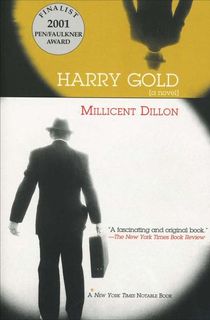
Harry Gold
Though Gold is mostly forgotten today, he was a key player in the case of Julius and Ethel Rosenberg. After being arrested in connection with espionage carried out by Klaus Fuchs, Gold became a government witness against the Rosenbergs. Dillon tells his story carefully as a young man leaves his career as a chemist and descends into double-crossing.
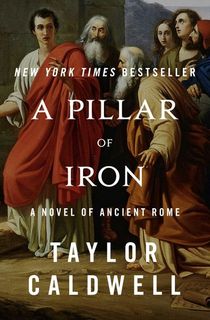
A Pillar of Iron
With her knack for historical accuracy and compelling drama, Taylor Caldwell breathes life into ancient Rome and legendary philosopher-slash-orator, Marcus Tullius Cicero. Featuring some of history’s most renowned figures (Julius Caesar and Mark Antony, for instance), Caldwell's story is based on extensive research—including speeches, private correspondence, ancient texts, and manuscripts. Thus, A Pillar of Iron is more than a compelling epic from a gifted storyteller. It’s also an in-depth look at the Roman Empire and the development of Western ideologies.

Anna and the King of Siam
Margaret Landon’s beloved novel, which inspired The King and I, draws from historical journals and is a one-way ticket to 1860s Siam. Needing to support her two children, the widowed Anna Leonowens accepts a position at a royal palace in Siam, where she’ll serve as a governess to the king’s children. Though her students are quick to accept her, Anna's modern British thinking clashes with King Mongkut’s traditionalism. Years later, however, Anna's influence will inspire a drastic democratic reform and change the very fiber of Siam forever.
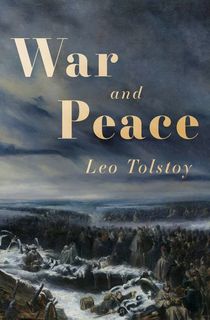
War and Peace
Tolstoy's novel takes place during Napoleon's invasion of Russia in 1812. It was published in 1867, more than five decades later. The plot follows three of the most famous characters ever written: Pierre Bezukhov, Prince Andrei Bolkonsky, and Natasha Rostov.
Tolstoy researched both Russian and European accounts of Napoleon's campaigns and visited the battle site of Borodino. As a result, the framework of the story is largely accurate, though the characters within the work were molded to suit the story's needs.

An Undisturbed Peace
A Jewish man immigrates to America, seeking a better life. A Cherokee aristocrat holds onto a forbidden love, though she’s renounced old family ties. And a Black slave, just 50 miles away, struggles to survive one more day.… These three lives will converge and become irreversibly entwined when Andrew Jackson enacts the Indian Removal Act—setting them down the brutal and treacherous Trail of Tears. A tragic but ultimately hopeful story, An Undisturbed Peace is an unflinching look at one of the ugliest parts of American history.
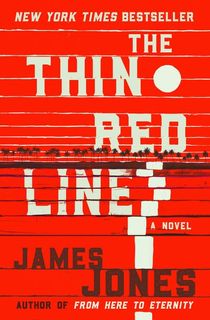
The Thin Red Line
Inspired by his own experiences during the Guadalcanal campaign, James Jones' novel reigns as a masterpiece of World War II fiction. We follow a cast of misfit characters—the “C-for-Charlie” company—as they transform from fresh, terrified recruits into veteran fighters in the jungles of Guadalcanal. The result is a haunting portrait of brotherhood and combat that stands alongside war classics like Tim O'Brien's The Things They Carried.
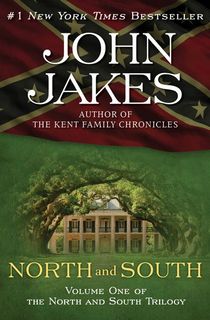
North and South
Despite hailing from different backgrounds, Yankee Orry Main and southerner George Hazard forge a lasting bond at West Point. But as America braces for a civil war, the boys must choose between friend and country when they find themselves on opposite sides of the conflict. New York Times-bestselling author John Jakes does a masterful job of setting the social and political scene, creating an epic that is rich with drama and history. The saga continues in the follow-ups, Love and War and Heaven and Hell, which follow the now-fraught relationship between the Main and Hazard families.

The Confessions of Nat Turner
From the author of Sophie’s Choice comes the Pulitzer Prize-winning story of Nat Turner—the leader of the 1831 slave revolt. While awaiting his own execution, Styron's rendition of the famed preacher recounts the years preceding the rebellion. Through Nat's reflections, we learn of the atrocities Nat endured at the hands of slave owners—and what can drive a man to seek his vengeance.
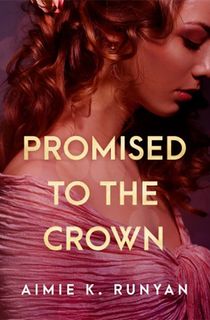
Promised to the Crown
In her illuminating debut novel, Aimie K. Runyan masterfully blends fact and fiction to explore the founding of New France through the experiences of three young women who, in 1667, answer Louis XIV’s call for settlers and journey to the New World.

Topaz
The year is 1962, and a defected Russian spy gives Michael Nordstrom, an American intelligence officer, word of a covert KGB operation. Based on the real-life “Martel Affair," Nordstrom learns of Russia’s plan to infiltrate French intelligence—and soon. Meanwhile, another threat is quickly developing, and Topaz expands into a tale of espionage and the Cuban Missile Crisis. Putting credence to USA Today’s praise that Uris is “a master at weaving historical fact and fiction,” the bestselling author draws from history to create an exciting thriller about the conflicts between America, Russia, France, and Cuba during the Cold War.
This post is sponsored by Open Road Media. Thank you for supporting our partners, who make it possible for The Archive to continue publishing the history stories you love.
Featured photo: Prateek Katyal / Unsplash



